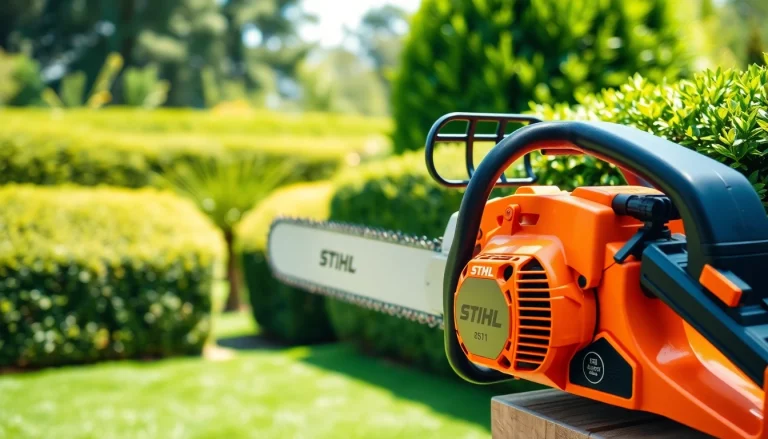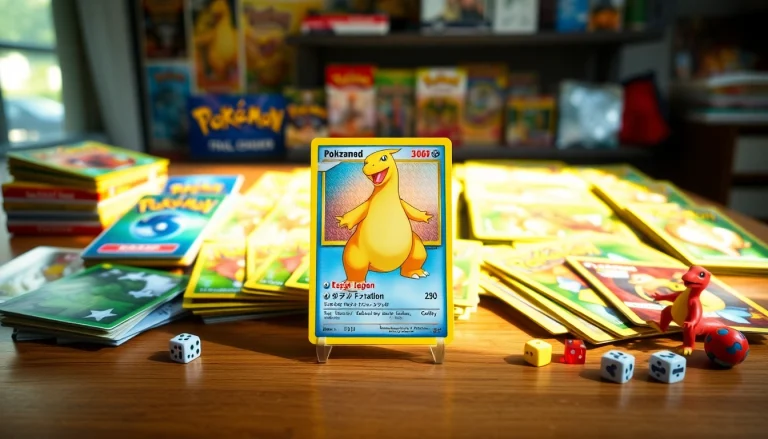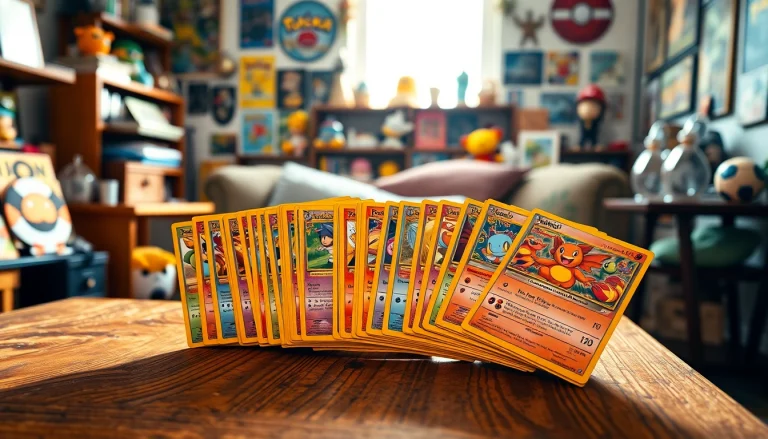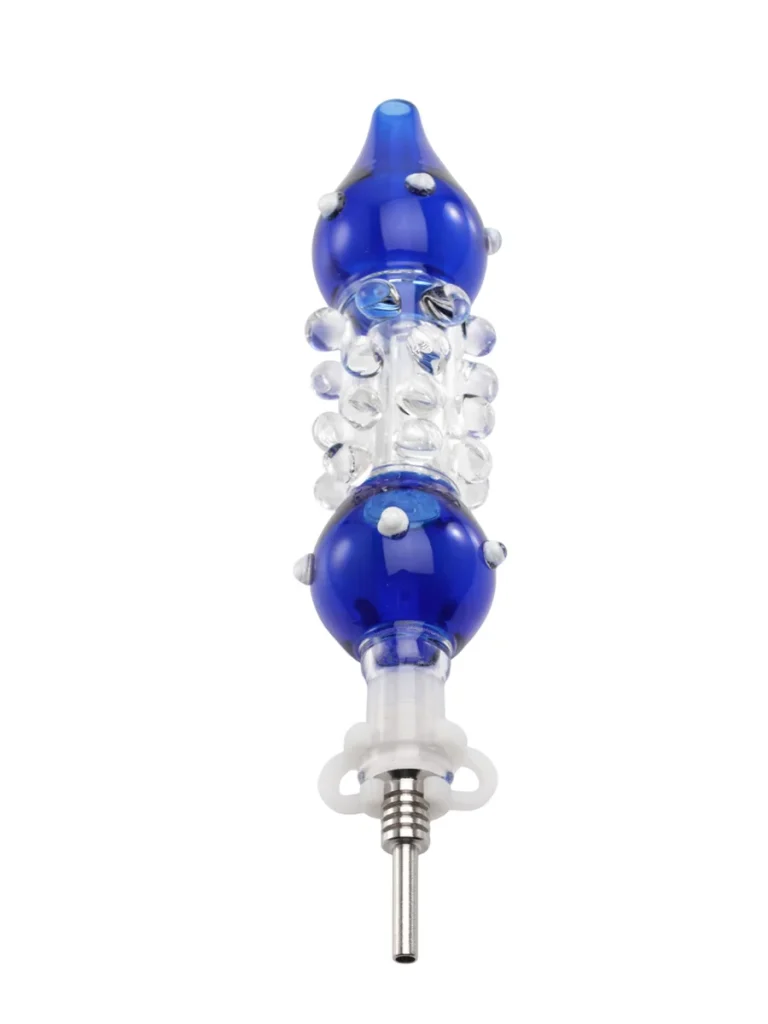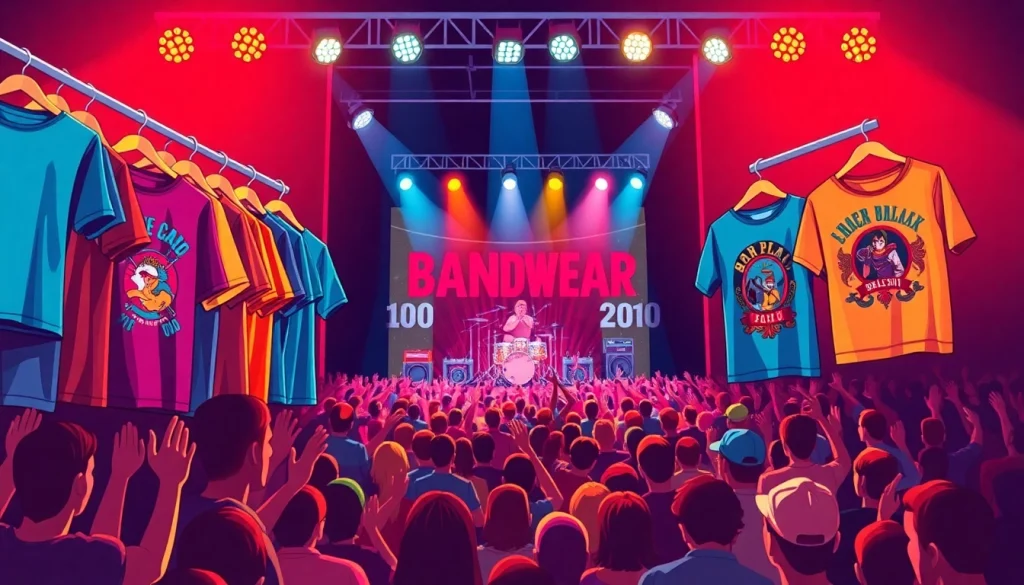
Understanding Bandwear and Its Impact on Merchandising
In today’s musical landscape, bandwear has evolved into much more than mere clothing. It has become a powerful medium for artists to express themselves, build their brand, and foster a deeper connection with fans. Bandwear encompasses a range of merchandise, from t-shirts to accessories, and serves as an essential tool in marketing strategies for musicians and bands. This article explores the significance of bandwear, its role in music culture, and how it impacts the overall merchandising landscape.
What is Bandwear?
Bandwear refers to merchandise that musicians and bands produce to promote their brand and cultivate a loyal fan base. It encompasses a variety of items, including clothing, accessories, and promotional goods, often featuring logos, artwork, and other brand-related elements. Bandwear is not just about selling products; it reflects the band’s identity and can enhance the fan experience by allowing supporters to wear their allegiance proudly.
The Role of Bandwear in Music Culture
Bandwear plays a critical role in shaping music culture by allowing fans to express their loyalty and connection to their favorite artists. Wearing band merchandise often serves as a statement of identity for fans, bridging the gap between music and fashion. Bandwear also fosters community among fans, creating a collective identity and shared experiences around their favorite bands and musicians. Furthermore, it enables artists to tell their story visually, adding a layer of meaning to the music they create.
Benefits of Custom Merchandising for Bands
Custom merchandising through bandwear offers bands numerous benefits, including:
- Brand Recognition: When fans wear band merchandise, they promote the band’s brand visibility wherever they go, creating organic marketing opportunities.
- Revenue Generation: Selling bandwear provides an additional income stream, especially for indie artists who may not receive traditional label support.
- Fan Engagement: Well-designed merch fosters a sense of belonging among fans and encourages them to feel more connected to the music and the artist.
- Creative Expression: Artists can showcase their unique style and vision through the merchandise they create, promoting their artistic brand.
Types of Bandwear: Exploring Diverse Merchandise Options
T-Shirts and Apparel Innovations
T-shirts are often the most recognizable form of bandwear. Custom designs can range from simple logos to intricate graphics that tell a story about the band or its latest album. The evolution of fabric technology has allowed for innovative apparel options, such as:
- Eco-Friendly Fabrics: Many artists are now opting for sustainable materials that resonate with environmentally conscious fans.
- Performance Apparel: Some bands are stepping into the realm of activewear, producing items that fans can wear both at concerts and during workouts.
- Limited Edition Designs: Bands may release exclusive designs during tours or for specific occasions, creating urgency and desirability among fans.
Accessories That Stand Out
In addition to apparel, accessories play a significant role in bandwear. Items such as hats, tote bags, and jewelry allow fans to incorporate their favorite bands into their everyday style. Notable accessory trends include:
- Collaborations: Many bands collaborate with accessory designers to create unique pieces that reflect the band’s essence and style.
- Interactive Merchandise: Some bands have introduced smart accessories that integrate technology, such as QR codes that link to exclusive content.
- Seasonal Accessories: Items themed around holidays or special events can bolster fan engagement and increase sales.
Seasonal and Limited-Edition Items
Fans often look forward to seasonal releases, such as themed merch for holidays or anniversaries. Additionally, limited-edition items can create a sense of exclusivity, prompting fans to make purchases based on FOMO (fear of missing out). Popular examples include:
- Tour Merchandise: Special items sold only at concerts can encourage attendance and increase connections between fans and artists.
- Anniversary Editions: Items commemorating significant milestones in a band’s career can spur nostalgia and encourage fans to celebrate alongside the band.
Best Practices for Designing Bandwear
Choosing the Right Design Elements
Design is a crucial aspect of bandwear. The logo, artwork, and typography should resonate with the band’s brand and appeal to the target audience. Key design considerations include:
- Brand Consistency: Ensure that all designs reflect the band’s identity and remain consistent across various products.
- Aesthetic Appeal: Utilize visually striking designs that stand out, whether for their color combinations or innovative graphics.
- Audience Feedback: Engaging fans in the design process through surveys or social media can provide insight on what resonates with them.
Color Schemes that Connect with Audiences
The choice of color is pivotal in design, as it plays a vital role in conveying emotions and messages. Considerations for effective color schemes include:
- Psychological Impact: Different colors evoke different feelings; for instance, red can signify passion, while blue can convey tranquility.
- Cultural Relevance: Colors often have cultural interpretations that can impact how the merchandise is perceived in various markets.
- Contrast and Visibility: Ensure that text and elements in the design are easily readable against the chosen background colors.
Integrating Brand Messaging into Merch
Effective bandwear transcends mere branding; it tells a story. To integrate brand messaging into merch effectively, consider these practices:
- Incorporate Lyrics and Themes: Using popular lyrics or themes from albums can create a direct emotional connection with fans.
- Storytelling through Design: Create designs that narrate the band’s journey, ideals, or specific album-related stories.
- Inclusivity in Messaging: Ensure that messaging resonates with a broad audience, reflecting diversity and kindness to foster a welcoming brand image.
Marketing Your Bandwear Effectively
Leveraging Social Media to Boost Sales
Social media platforms are invaluable for marketing bandwear. By presenting visually appealing content, engaging with fans, and promoting exclusive offers, bands can significantly enhance their visibility. Effective strategies include:
- User-Generated Content: Encourage fans to share photos wearing your merch, creating authentic promotional content that resonates with potential buyers.
- Behind-the-Scenes Insights: Share sneak peeks of design processes or the creation of band merch to foster a connection with fans.
- Paid Advertising: Utilize targeted ads on platforms like Facebook and Instagram to reach specific demographics and fan groups.
Collaborating with Influencers and Artists
Partnering with influencers who align with your brand can extend your reach and credibility. Strategies for successful collaborations include:
- Choosing the Right Influencers: Select influencers who genuinely connect with the band’s image and values to promote authenticity.
- Create Engaging Collaborations: Collaborate on limited-edition items that influencers can showcase to their followers, thereby increasing visibility.
- Host Giveaways: Send influencers merchandise to use in contests to engage their audience while promoting your brand.
Utilizing Email Marketing Campaigns
Email marketing remains one of the most effective methods for engaging audiences and converting sales. To optimize email campaigns for bandwear, consider:
- Exclusive Offers: Send exclusive discounts and promotions to subscribers, encouraging them to engage directly with your merchandise.
- Personalized Content: Tailor email content based on fan preferences and behaviors to enhance engagement rates.
- Consistent Updates: Keep fans informed about new merchandise launches, band updates, and upcoming events through regular newsletters.
Measuring Success: Sales Metrics and Customer Feedback
Analyzing Sales Performance Over Time
Regularly tracking sales performance is critical for gauging the effectiveness of bandwear strategies. Metrics to consider include:
- Total Sales Revenue: Monitor revenue trends over time to assess growth opportunities and successful product lines.
- Conversion Rates: Evaluate how many visitors are completing purchases to identify areas needing improvement.
- Top-Selling Items: Analyze which products are performing best to inform future design and inventory decisions.
Gathering Customer Reviews and Testimonials
Customer feedback is invaluable in improving product offerings and marketing approaches. To leverage reviews effectively:
- Request Feedback: Encourage customers to leave reviews and ratings through follow-up emails or social media prompts.
- Respond to Reviews: Engaging with customer feedback, whether positive or negative, fosters trust and demonstrates commitment to customer satisfaction.
- Showcase Testimonials: Highlight positive reviews on platforms such as your website and social media to build credibility with potential buyers.
Adapting Strategies for Future Releases
Analyzing metrics and customer feedback can reveal key insights for future merchandise releases. Consider the following steps:
- Identifying Trends: Pay attention to emerging trends in customer preferences and design styles to stay ahead of the curve.
- Iterating Based on Feedback: Use customer reviews to make adjustments in product design and marketing approaches for better alignment with audience expectations.
- Maintaining Flexibility: Be open to pivoting strategies based on performance, ensuring the bandwear remains relevant and appealing to fans.
In conclusion, bandwear is a multifaceted aspect of merchandise that extends beyond physical products. It embodies a band’s identity, engages fans, and creates revenue streams while fostering community. By understanding its impact, utilizing effective marketing strategies, and adapting based on feedback, bands can elevate their merchandising efforts to new heights.
